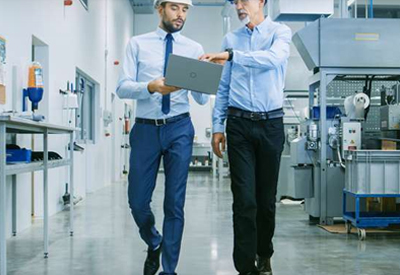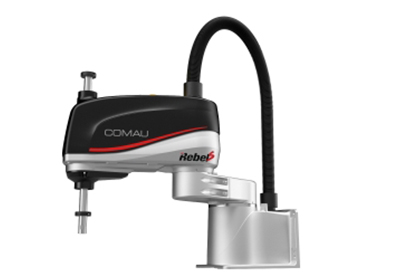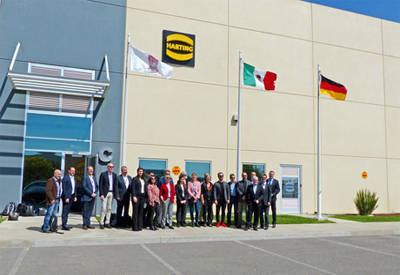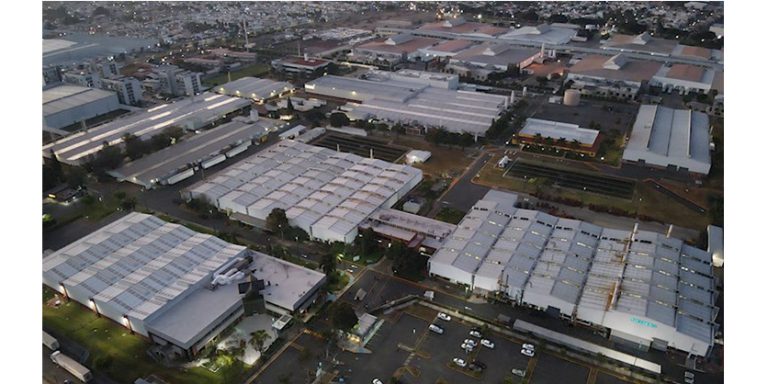Does Automation Take the Craft Out of Brewing?
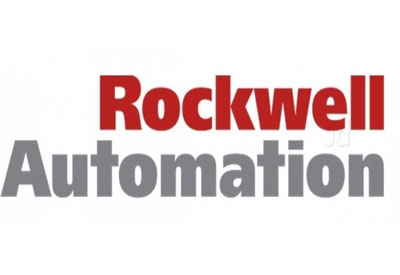
”Choose a job you love, and you’ll never have to work a day in your life.”
Confucius obviously met a few craft brewers in his time. And it’s an easy job to love: more art form than production process, with its own unique heritage, its own tricks of the trade and the pleasures of the end result.
For many, it will always remain a passion and a pastime, with the journey from pilot batch to tasting party mostly undertaken manually.
For some, however, a taste of success makes them want to take things further, to scale up and develop a pastime into a profession. Never a job like working in an office, but a business venture nonetheless. And why not, when the demand is there and you’re creating brews people love?
This is the point where, retaining the art of the process, you can turn to more practical tools to maintain the consistency of your brews without losing the artistry, so that every time drinkers choose a particular label or style, they get the same experience that brought them to you in the first place.
The art of great brewing is in the wisdom, intuition and inspiration that goes into recipe design and ingredient selection.
From then on, it’s about making the process repeatable, efficient and cost-effective. And this is where automation comes in, giving brewers the ability to document what goes into a great beer and repeat, repeat, repeat.
In technical terms, automation can provide accurate brew house control, making each step more efficient and meaning more brews per day. Having fermentation temperature control drives batch quality and consistency.
State-of-the-art equipment reduces the need to tend to the process manually and boosts productivity. It cuts energy and utility costs.
For example, an automatic pH meter that shows when equipment is rinsed free of chemicals means more cost-effective and sustainable cleaning processes.
For brewers who have moved beyond brewing as a hobby, automation is the simple way to increase capacity and maintain product quality without having to invest big money in new systems.
So rather than committing to an expensive new 10-barrel system, you can automate your existing five-barrel system to produce more, more consistently, and save yourself money and time.
With sequencing and better utilization of equipment and timing, we have worked with brewers to increase output by up to 50% without having to invest in more tanks.
Plus there are the benefits that we’ve come to expect as consumers in today’s digital world. Brewers can now start and monitor fermentations via their mobile phones.
Flexible recipe management enables them to be creative, modify existing recipes, and try new styles of brews, all with a few simple, digitally-driven procedures.
Where too many parts per million of oxygen can reduce a beer’s shelf life, they can check these numbers during the canning process. And an automated system can help to reduce the impact on product quality that comes from natural, year-on-year variations in hop or barley characteristics.
The reason many craft brewers closed down during the 1990s was the fact that even though they were making fine beers, they weren’t able to maintain the consistency of those brews.
If brewery automation had been as accessible then as it is now, it would be a different story. And if you’re in a position where you want to make more of your brewing art, having the conversation with an automation provider might give you the extra momentum you need.




